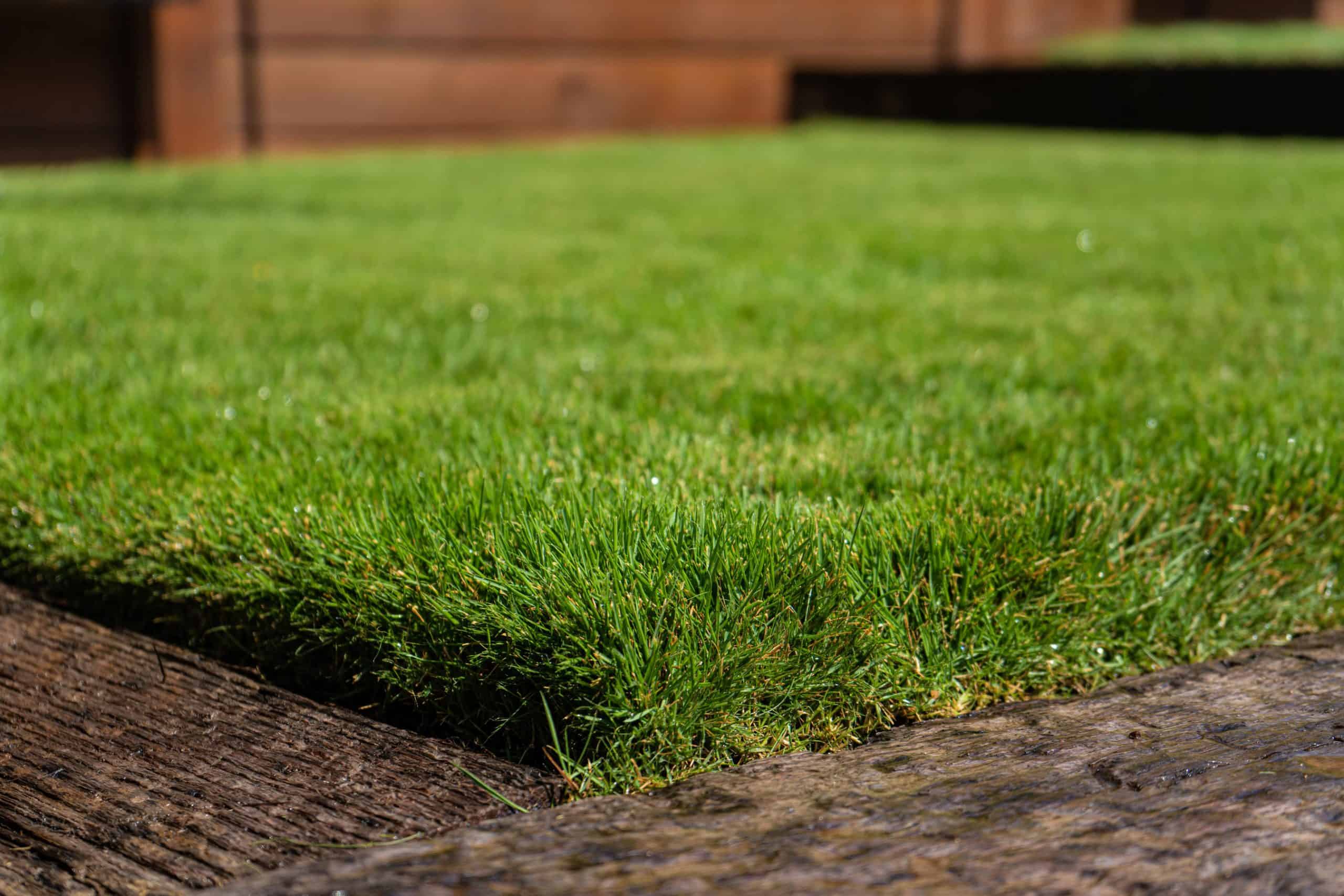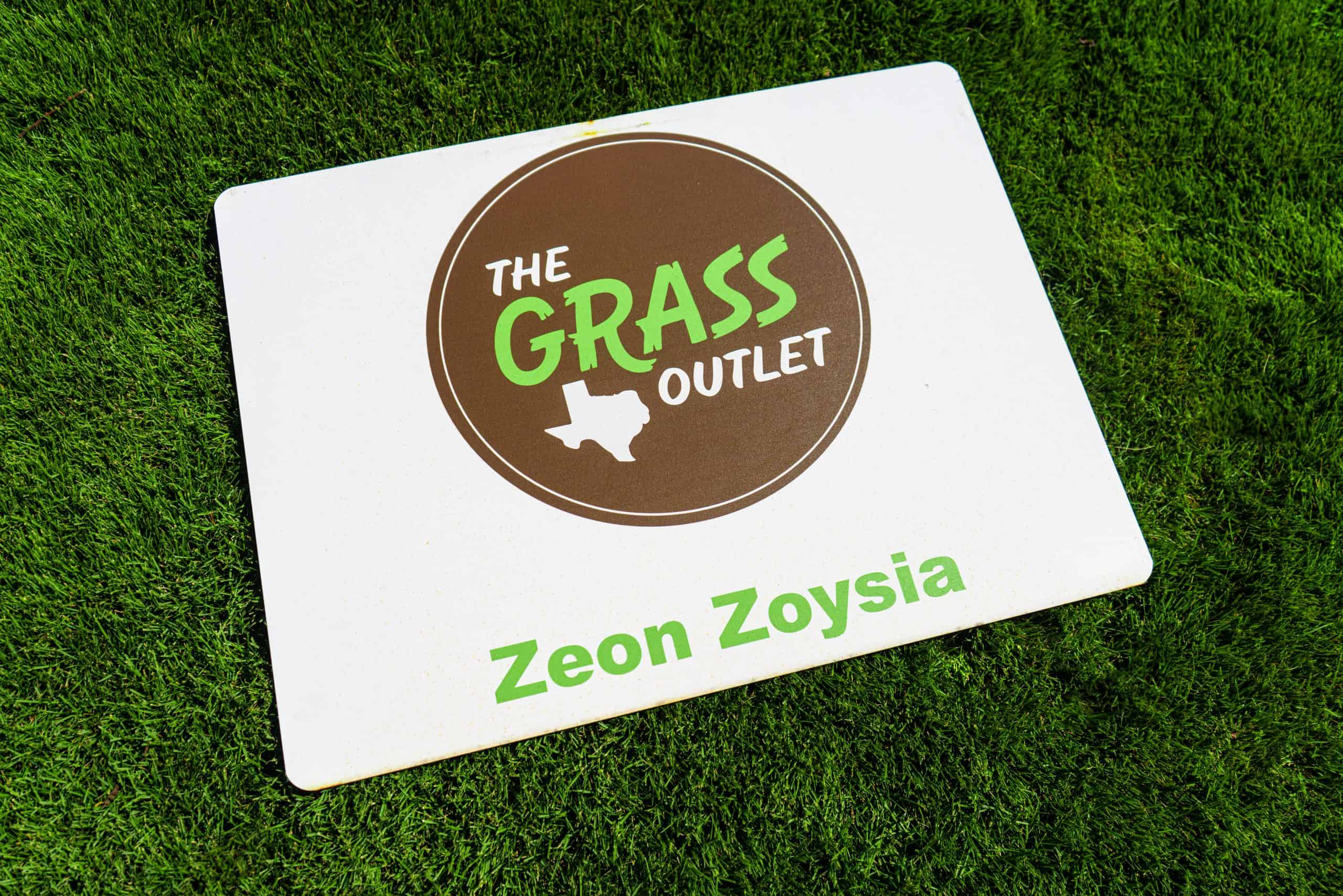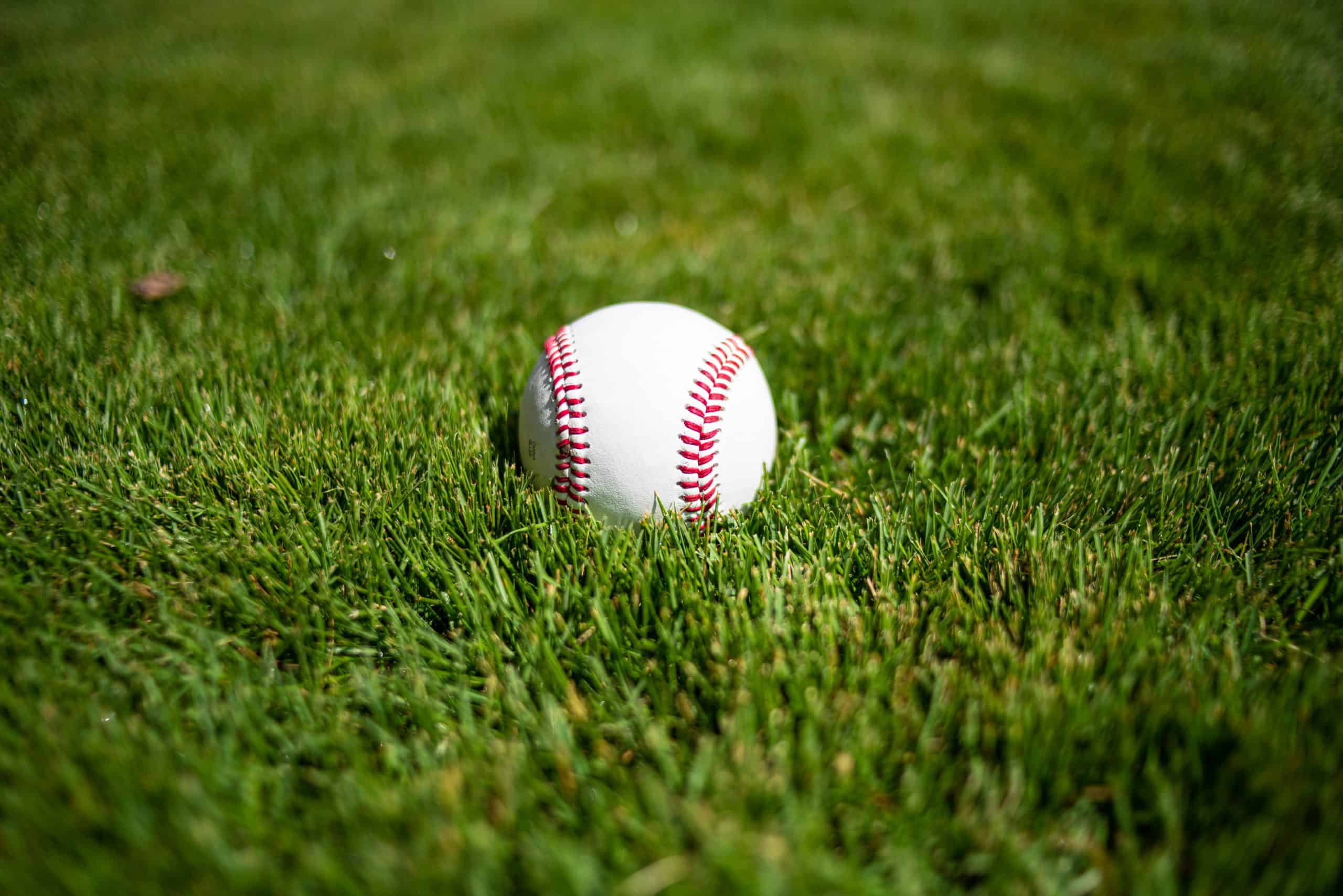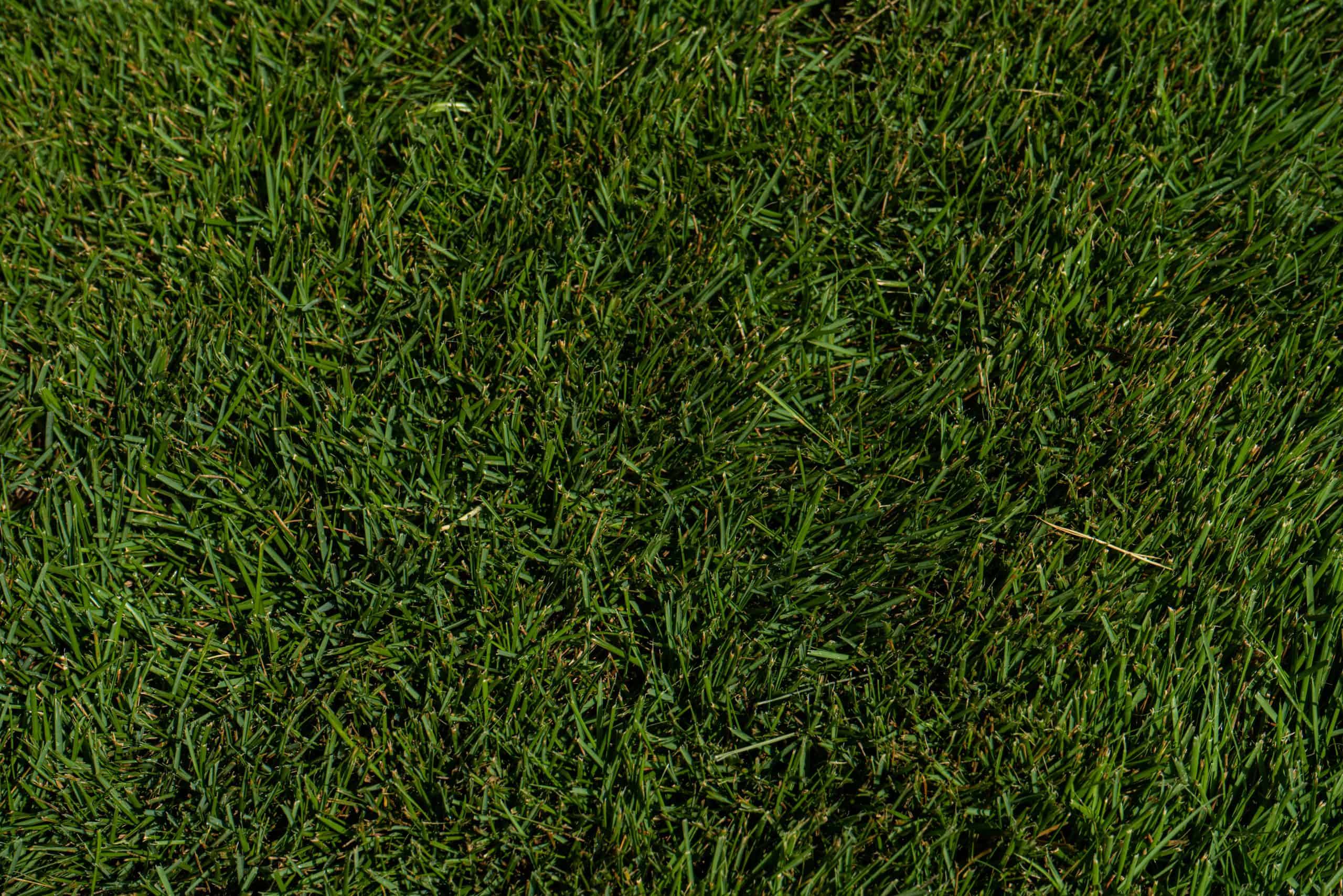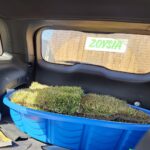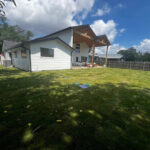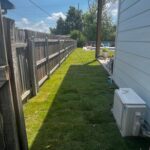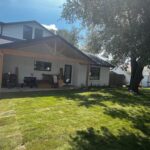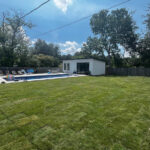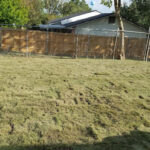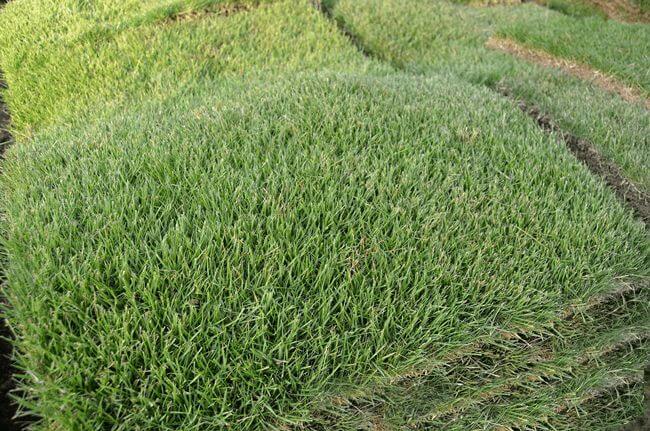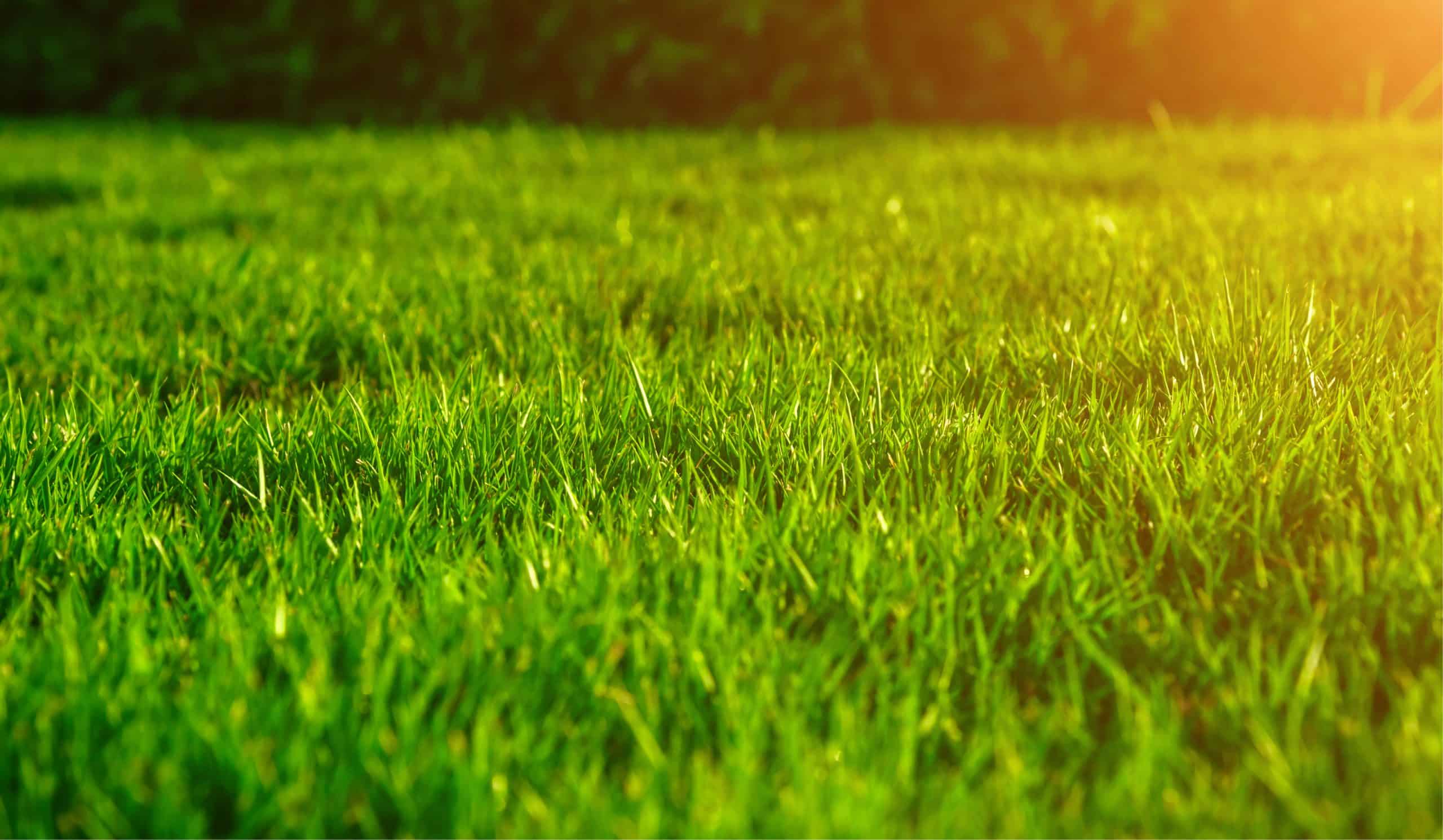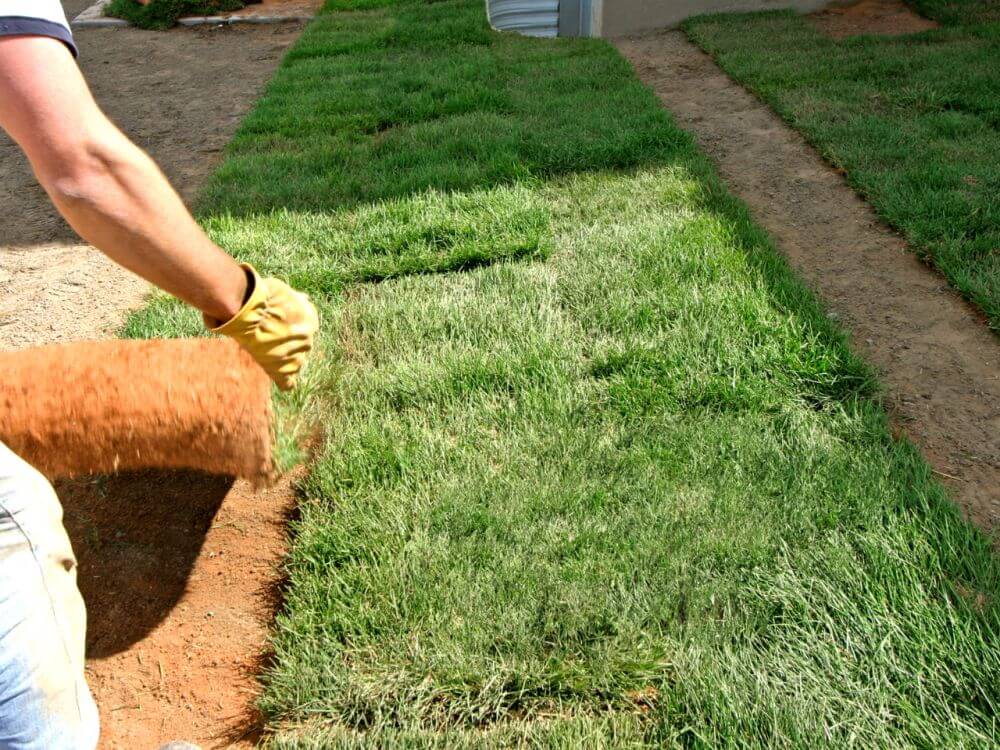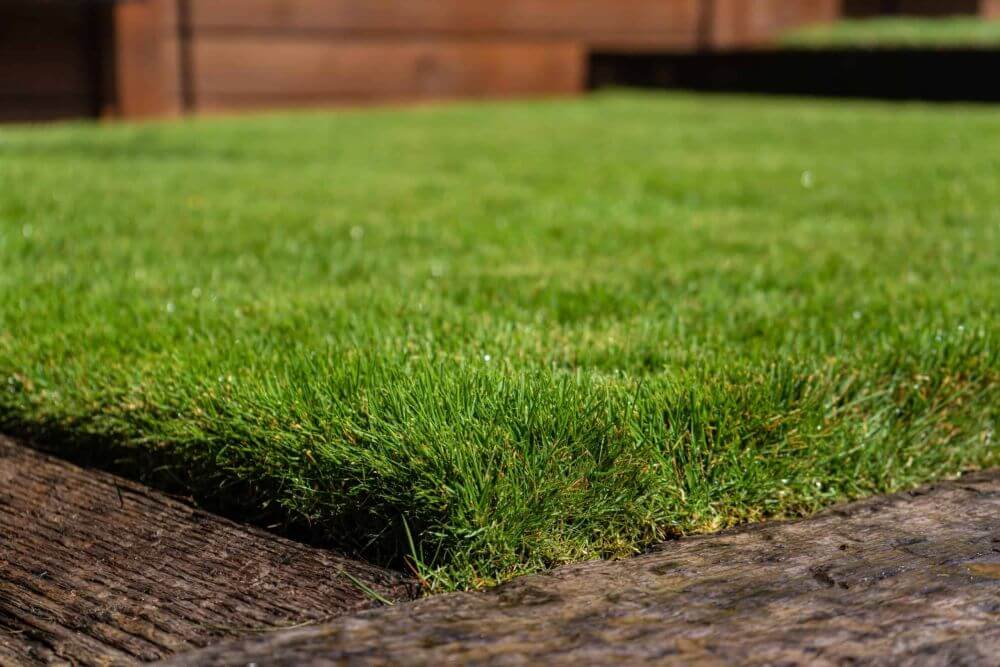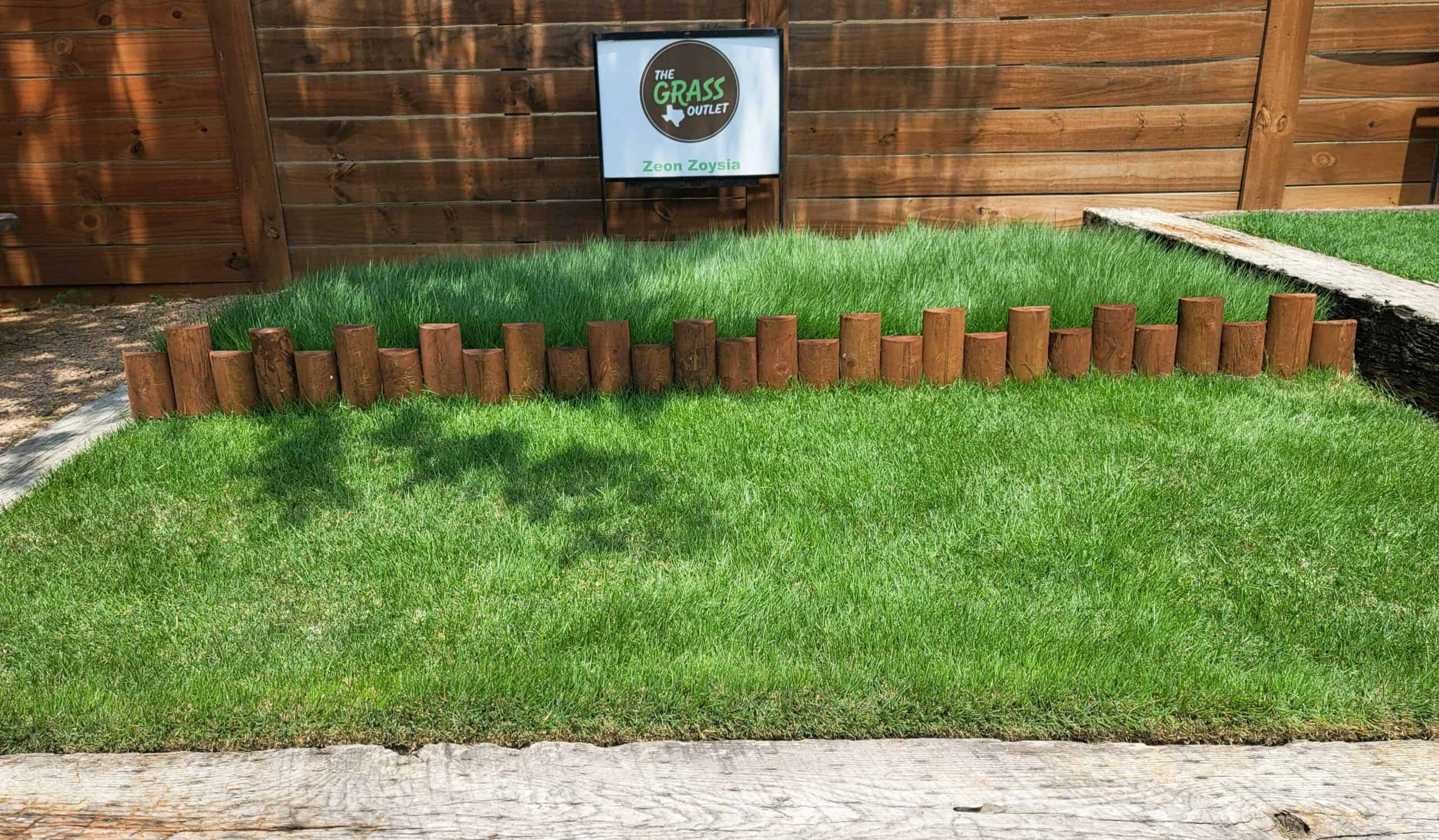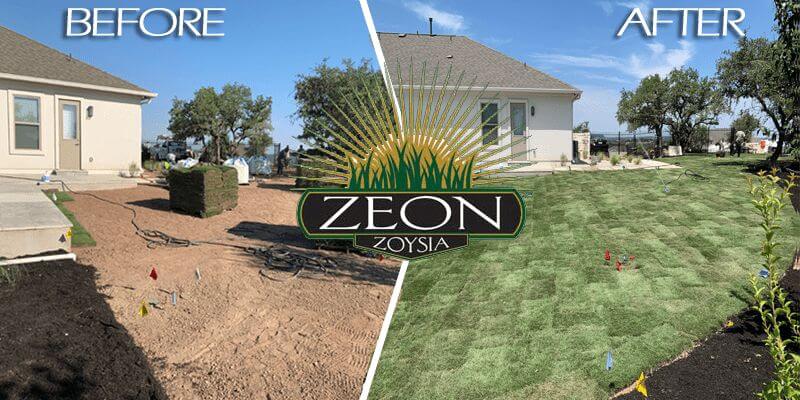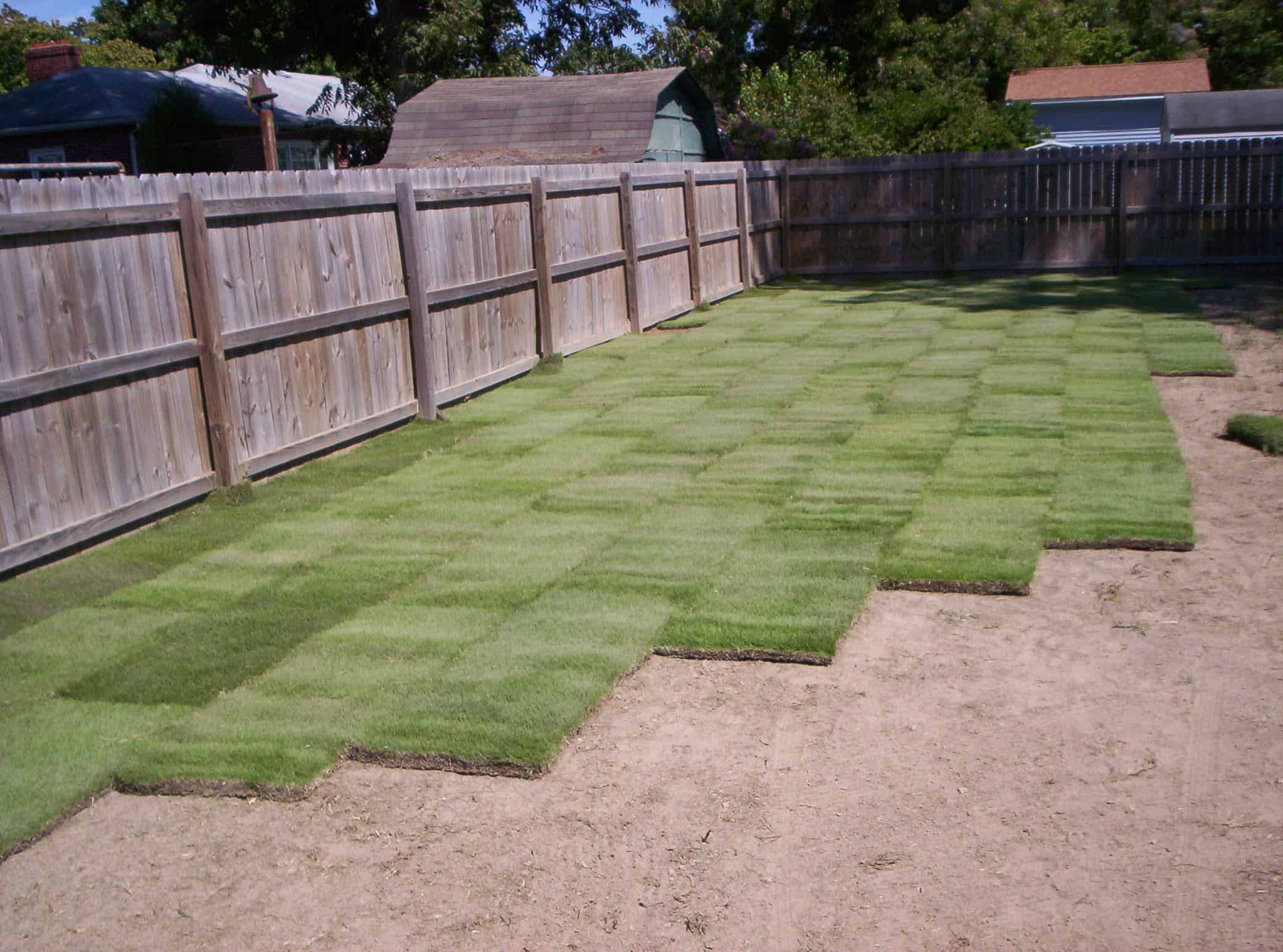Zeon Zoysia is a fine bladed Zoysia grass, nicknamed the “Barefoot Grass” due to its soft cushion-like beautiful turf. Zeon has attributes consistent in the Zoysia family, such as handling shady areas better, as well as full sun, and performing well with less water due to its extensive root system. Although a higher quality turf, Zeon has a blade size similar to Bermuda and has frequently found a home in the shadier areas of Bermuda lawns. After many years of supplying numerous fine blade Zoysia varieties across the state, The Grass Outlet chose Zeon Zoysia grass as its preferred fine blade Zoysia and is currently a licensed grower of Zeon.
Key Points
- Growth Density and Texture: Thick and luxurious growth with a fine texture
- Sunlight and Shade Tolerance: Thrives in full sunlight or bright shady areas
- Drought Resistance: Resilient to drought, goes dormant during prolonged dry spells, rejuvenates with rainfall
- Growth Rate: Exhibits slow growth, necessitating less frequent mowing, and spreads laterally via stolons and underground rhizomes
- Disease and Insect Resistance: Exhibits superior resistance to diseases and insects compared to some warm-season grasses
- Mowing Requirements: Can be mowed using reel, rotary, or robotic mowers, less demanding to mow compared to Emerald Zoysi
- pH Preferences: Favors a more acidic pH compared to tall fescue (low pH)
- Weed Resistance: Its dense turf inhibits weed growth and other unwanted grasses
- Fertilization Requirements: Demands less fertilization compared to other grass types, particularly Bermudagrasses
- Suitable Environments: residential gardens and business landscaping areas, athletic fields, on golf course areas, including fairways, tees, and rough patches Holiday resorts, coastal areas due to its ability to withstand salt spray Suitable for geographical regions categorized as 5b to 11a on the 2012 USDA Plant Hardiness Zone Map or 1-4 on the Turfgrass Hardiness Map
